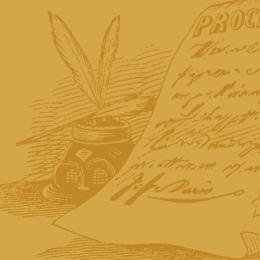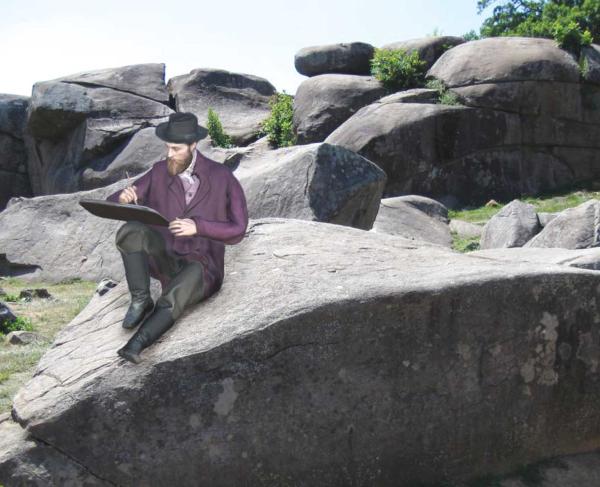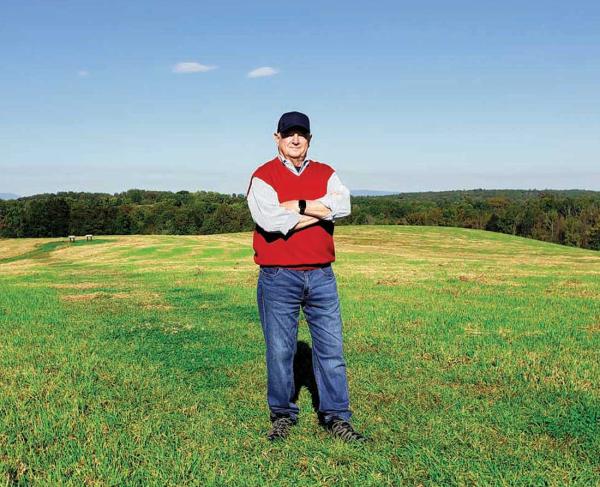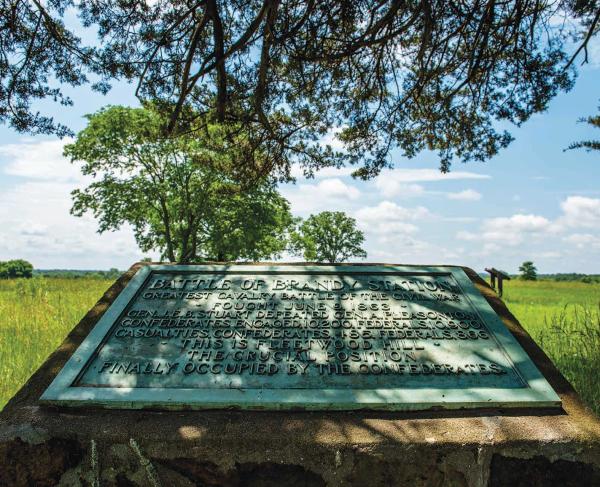
Officers of the 5th US Cavalry in Washington, D.C. June 1865.
Between 1833 and 1846, Congress added three mounted regiments to the United States Army. The success of the First and Second United States Dragoons, along with the Regiment of Mounted Riflemen inspired the adoption of cavalry units. While the Dragoons could fight on foot or horseback and the Riflemen acted as mounted infantry, these new regiments would perform the more traditional roles of reconnaissance and lightning attacks. On March 3, 1855, the 2nd United States Cavalry was established. Among its officers were Albert Sidney Johnston, Robert E. Lee, George H. Thomas, William J. Hardee, and George Stoneman.
After their initial training at Jefferson Barracks in St. Louis, the Second was posted to Texas. The companies patrolled from the Red River to the Rio Grande and into New Mexico and Indian Territories. For the next several years, the Second launched numerous expeditions against various American Indian tribes. In July, 1857, John Bell Hood engaged a group of Lipans and Comanches near Devil’s River. Outnumbered, the future Confederate general inspired the men through his personal courage which helped turn the tide of the battle and forced the enemy to abandon the field. Earl Van Dorn, another officer who went on to wear the gray, also distinguished himself in engagements with the Comanches in the fall of 1858 and spring of 1859.
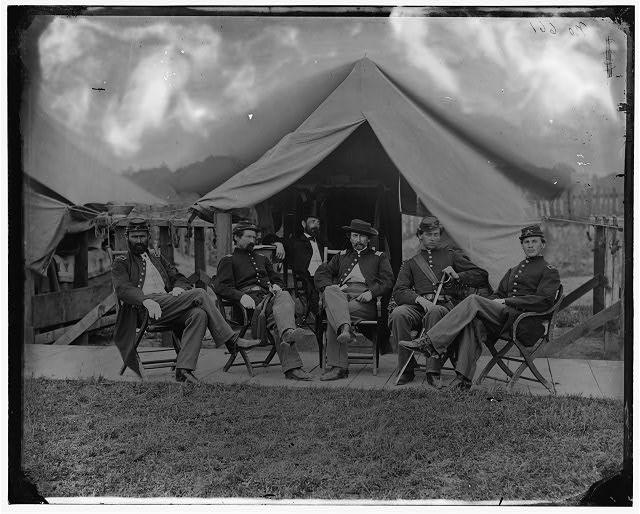
When the Civil War broke out, the Second was transferred to the Eastern Theater. In early August 1861, the regiment was re-designated the 5th United States Cavalry. The Fifth distinguished itself in the campaigns of the Armies of the Potomac and Shenandoah. At the Battle of Gaines’ Mill in June 1862, led by Brig. Gen. Philip St. George Cooke, an antebellum Dragoon, the regiment lost 55 of its 237 troopers when it launched a mounted charge in an attempt to save artillery from Maj. Gen. Fitz John Porter’s 5th Corps. Three of the regiment’s squadrons accompanied Brig. Gen. William W. Averell’s force in his expedition across the Rappahannock in March 1863 and fought at Kelly’s Ford. Nearly three months later, the 5th U.S. Cavalry battled Brig. Gen. W.H.F. “Rooney” Lee’s brigade on the Richard Cunningham Farm at Brandy Station. During the Battle of Trevilian Station, the regiment fought on the Fredericksburg Road and at the Ogg Farm. As part of Brig. Gen. Wesley Merritt’s division, the 5th U.S. helped to break Brig. Gen. Lunsford Lomax’s line at the Battle of Tom’s Brook in October, 1864. Through the efforts of the American Battlefield Trust, over 6,500 acres have been preserved at these battlefields.
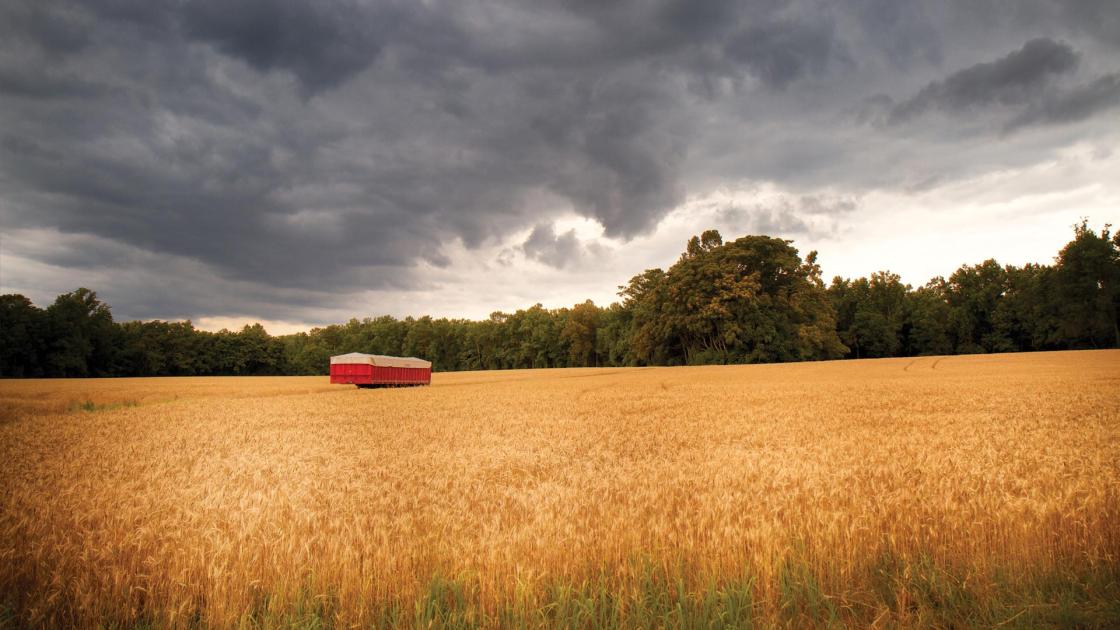
After the capitulation of the Confederacy, the regiment was broken up, and its companies were assigned to various locations throughout the South on Reconstruction duty. In response to an ongoing conflict with tribes on the Southern Plains, seven companies were transferred west in 1868. Under the command of Maj. Eugene Carr and accompanied by the famous scout William F. “Buffalo Bill” Cody, four squadrons struck out toward the Republican River in May 1869. On July 11, Carr attacked and destroyed Tall Bull’s village of Sioux, Cheyennes, and Arapahoes near Summit Springs, Colorado.
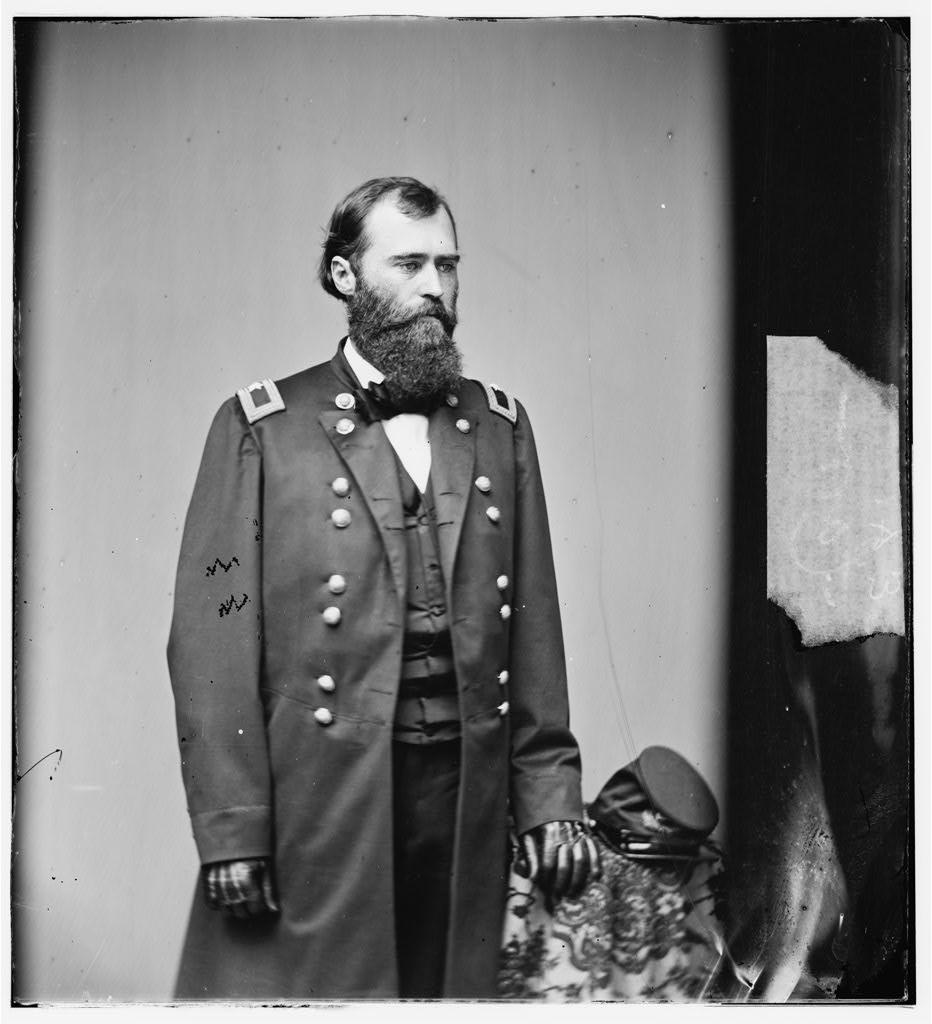
Two years later, the regiment was sent to Arizona and participated in operations against the Apache. In the spring of 1876, the Fifth was transferred to the Department of the Platte. Once again under Merritt’s leadership, the regiment achieved the first victory following the Little Bighorn disaster over a band of Cheyennes at Warbonnet Creek in Nebraska. That fall, the Fifth fought in Colorado against the Ute tribe.
When conflict erupted with Spain in 1898, the Fifth was dispatched to Puerto Rico. There, Troop A distinguished itself in engagements at Las Marias and Hormigueros. In 1902, the regiment was sent to the Pacific and fought in the Moro Insurrection. Following their return to the United States and under the direction of John J. Pershing, the Fifth went to Mexico in the Punitive Expedition against Pancho Villa.
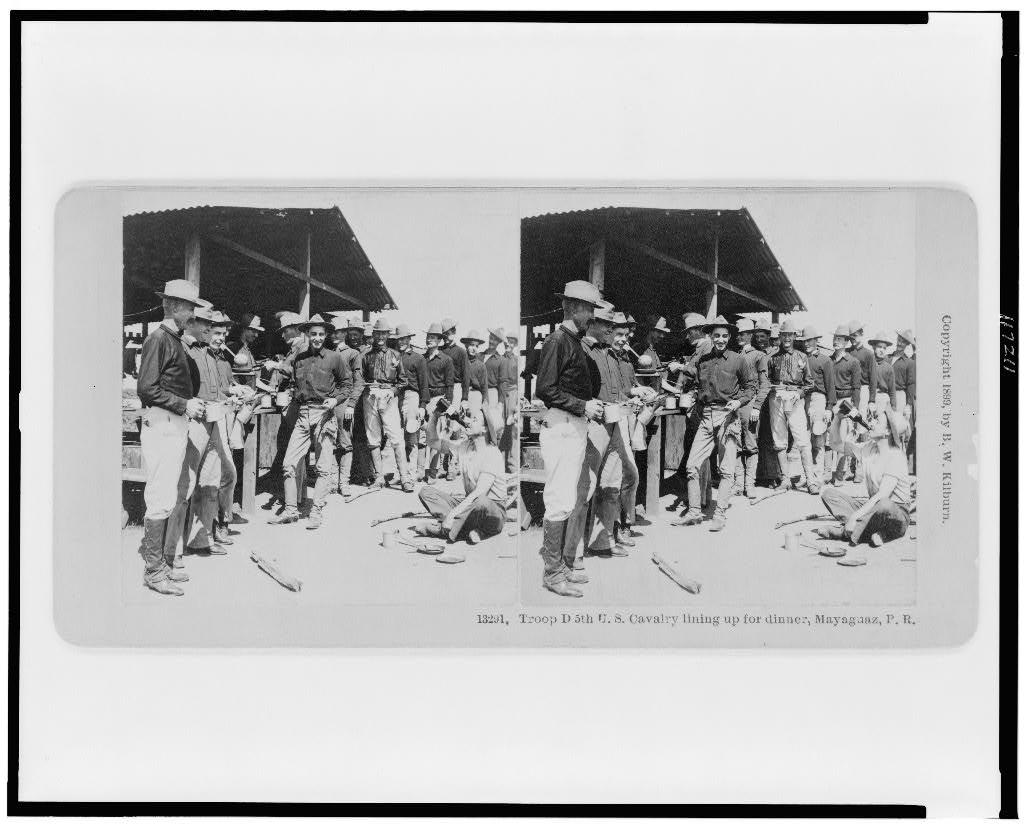
During World War II, the regiment was again sent to the Pacific. It fought on Los Negros in the Admiralty Islands and in October 1944, landed in the Philippines. The regiment fought on Leyte and after moving over to Luzon, helped liberate the Santo Tomas civilian internment camp. When the conflict came to an end, the regiment was assigned to occupation duty in Japan.
In the summer of 1950, the Fifth was deployed to Korea. The regiment went on to fight at Pusan, Taegu and Pyongyang. The following February, it made up part of Task Force Crombez which relieved United States and French forces at Chipyong-ni. When a cease fire was declared, the Fifth assisted in patrolling the Demilitarized Zone (DMZ).
When conflict in Southeast Asia began to escalate in the mid-1960s, the unit underwent a reorganization. The 1st Battalion (Airborne) 38th Infantry was redesignated 1st Battalion (Airborne) 5th Cavalry. Concurrently, the 2nd Battalion (Airborne) 38th Infantry redesignated 2nd Battalion (Airborne) 5th Cavalry Regiment. The battalions were assigned to the newly activated 1st Cavalry Division (Airmobile). The 5th Cavalry fought in Vietnam from 1965 to 1972, with its troopers participating in Operations Gibraltar, Paul Revere II, Paul Revere IV, Thayer, JEB Stuart III, and Pershing. Both of the Fifth’s battalions deployed in support of Operation Desert Storm and Operation Iraqi Freedom. Known today as the “Black Knights”, the 1st Battalion traces its lineage to Company A and the 2nd Battalion to Company B of the Second Cavalry that once roamed the Texas plains.
Help raise the $429,500 to save nearly 210 acres of hallowed ground in Virginia. Any contribution you are able to make will be multiplied by a factor...
Related Battles
6,800
8,700
866
433
57
350
